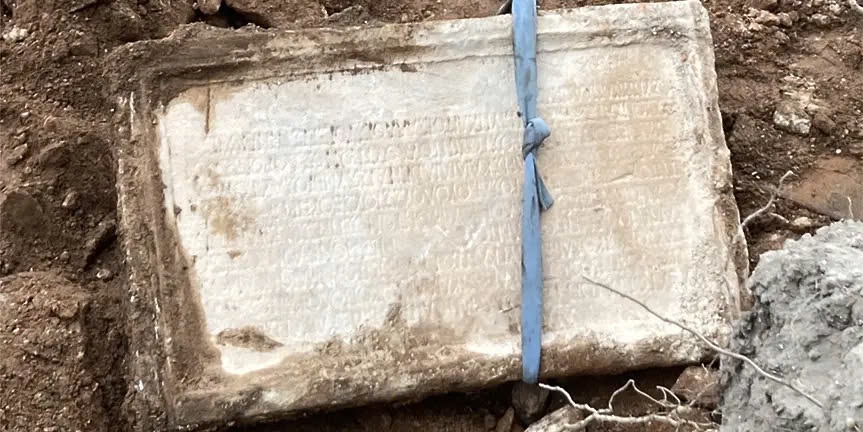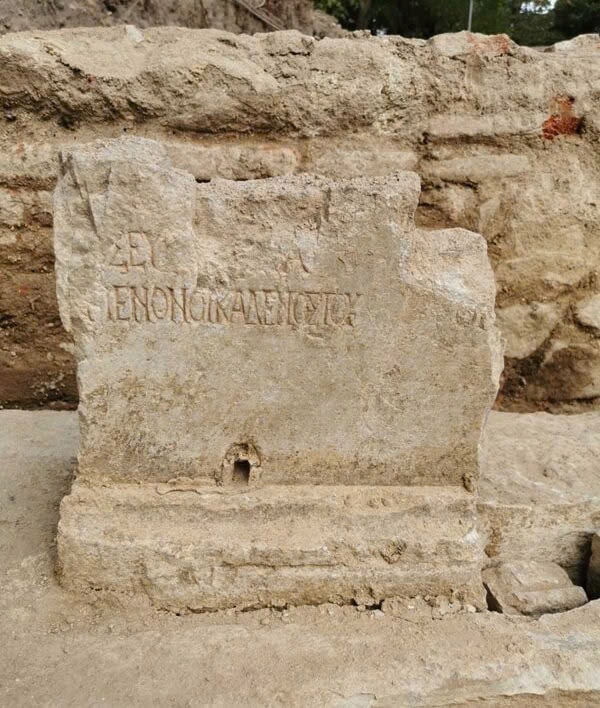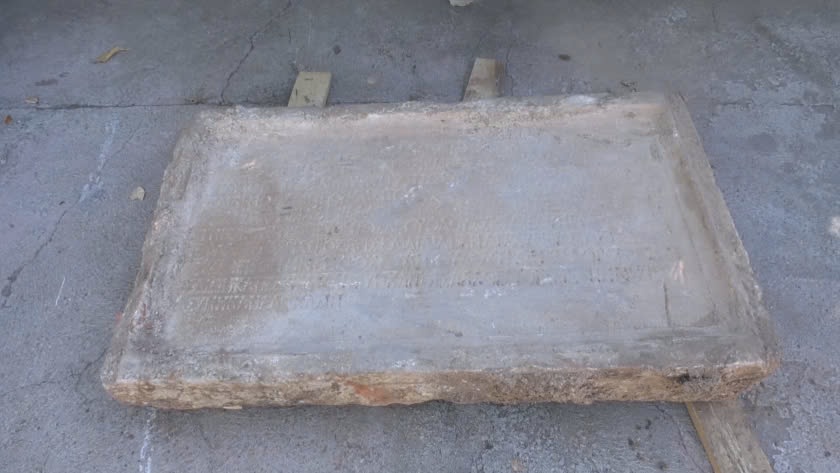In an exciting archaeological breakthrough, specialists have discovered a 1,900-year-old marble slab featuring an ancient Greek inscription within the Roman Baths of Hisarya, Bulgaria. This extraordinary find offers crucial insights into the financial management of the Thrace province and the timeline for the baths’ construction.
Hisarya: A Hidden Treasure with a Rich Heritage
Located in Bulgaria’s Plovdiv province, approximately 40 kilometers from Plovdiv city, Hisarya has an intriguing history that dates back to the 4th century BC. Originally named Dioclecianopolis by Emperor Diocletian, the city is famous for its remarkably preserved Roman baths and 22 mineral springs known for their healing properties.

Interpreting the Ancient Inscription
The recently uncovered marble slab, found in a designated area of the baths, honors Emperor Antoninus Pius and Marcus Aurelius. It indicates that the baths were built in 152 AD, during which time Volusius Severus oversaw the financial affairs of Thrace. The inscription also references a contribution from Elia Bendida and her husband towards the thermal baths of the imperial domain.
Significance for Historical Research

This finding not only reinforces previous hypotheses regarding the construction date of the baths but also enhances our understanding of the significance of the thermo-mineral deposits in ancient Diocletianopolis. Experts like epigrapher Dr. Nikolay Sharankov and Associate Professor Mitko Madjarov are enthusiastic about the potential for additional discoveries in this area.
Future Excavations and Anticipations

Having explored only 3.5 decares of the Roman Baths thus far, archaeologists remain optimistic about uncovering more artifacts, which could include a statue of an emperor or a representation of the God of Health. This third epigraphic monument uncovered during rescue excavations has been deemed highly valuable by specialists.
The ancient marble slab is now exhibited at the Archaeological Museum, standing as a testament to Hisarya’s rich history and the lasting influence of the Roman Empire in the Balkans.

